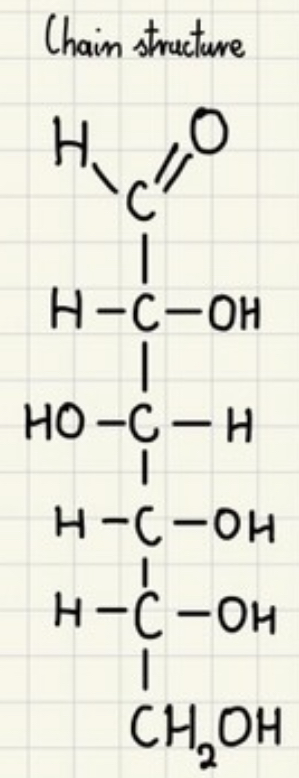Carbohydrates, proteins and lypids
1/44
There's no tags or description
Looks like no tags are added yet.
Name | Mastery | Learn | Test | Matching | Spaced |
|---|
No study sessions yet.
45 Terms
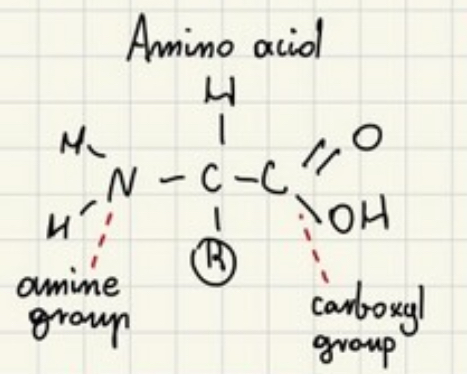
Amino acids
Building blocks of proteins

Dipeptide
Organic compound which consists of 2 amino acids
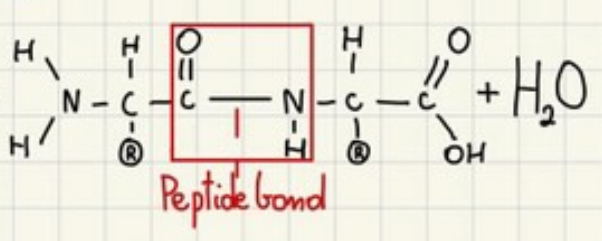
Peptide bond
Bond between 2 amino acids (carbon and nitrogen)
Actin and myosin
Contractile proteins
Hemoglobin
Protein used for transport of oxygen and carbon dioxide
Myoglobin
Protein used for storage of oxygen
Fibrin
Protein used for preventing blood clotting
Collagen
Protein used for elasticity and strength (skin)
Keratin
Protein in hair and nails
Rhodopsin
Protein used for sensing light (retina)
Antibodies
Protein used for protection
Albumin
Protein used for transporting hormones, medicin, vitamins and ions of metals
Pepsin
Protein and enzyme that digests other proteins
Channel proteins and pumps
Protein used for transporting ions and molecules
Insulin
Protein and hormone that lowers blood sugar
Glucose
Protein and hormone that increces blood sugar
Carbohydrates
Monosochorides, polysaccharides and disaccharides
Monosocharides
Glucose, fructose, galactose, ribose, deoxyribose
Polysaccharides
Starch, glycogen, cellulose, chitin
Disaccharide
Maltose, lactose, sacharose
Carbohydrates that are a source of energy
Glucose, fructose,galactose, maltose, lactose,
Carbohydrate that provide storage energy
Starch, glicogen
Carbohydrates that are nucleic acids
Ribose, deoxyribose
Carbohydrate that provides storage energy and transports energy
Sacharose
Carbohydrates that give structure
Cellulose, chitin
Alpha D glucose
C6H12O6 (H-OH)
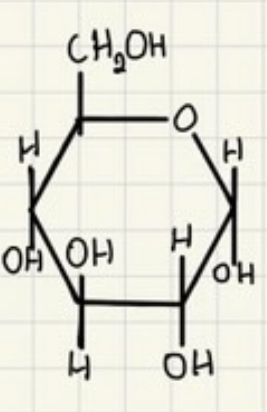
Beta D glucose
C6H12O6 (OH-H)

Dimer (condensation, hydrolysis)
Monomer + monomer
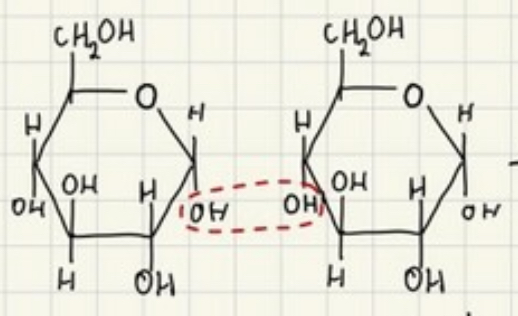
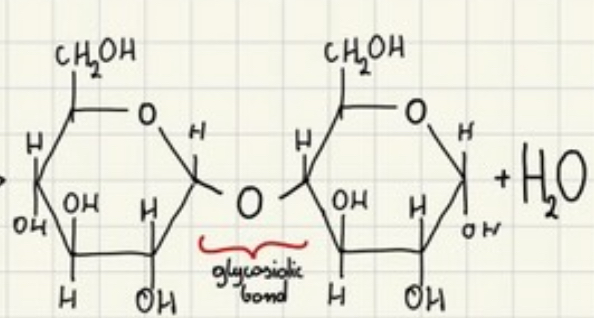
Maltose (disaccharide) + water (condensation)
Glucose + glucose

Polymer (hydrolysis)
(n) monomers + (n-1) water molecules
Peristaltic movement
Movement generated by muscles in the intestines
Glycosidic bond
Bond between 2 glucose molecules
Simple proteins
Proteins made of only amino acids (keratin, histone, albumin and globulin)
Compound protein
Proteins made of amino acids and non- amino acid components (myoglobin, hemoglobin, fibrin)
Saturated fatty acids
CH3-(CH2)n-COOH
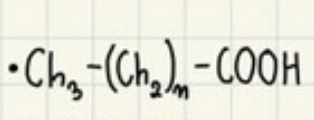

Unsaturated fatty acids
Cis fats and trans fats
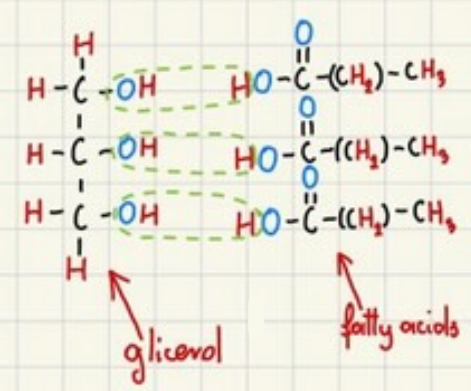
Glycerol + 3 fatty acids (condensation)
Trigliceride +3 water molecules
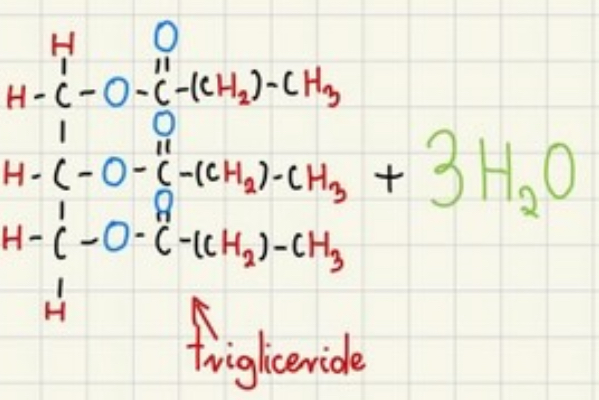
Bonds in triglyceride
Ester bonds
Cis fats
Very common in nature, usually liquid at room temp, loosely packed
Trans fats
Very rare in nature , usually artificially made, usually solid in room temp, tightly packed
Cell membrane
Phospholipids
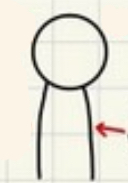
Fatty acids, hydrophobic
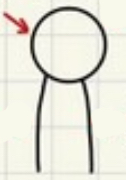
Glycerol + phosphate group, hydrophilic
Functions of lipids
Provide vitamins ADEK, hormonal function(testosterone, estrogen), protection(sebum), energy storage molecules, structural function(phospholipids) - cell membrane, shock absorbers, thermoisolation, thermoregulation, buoyancy, nervous functions
Glucose
C6H12O6
